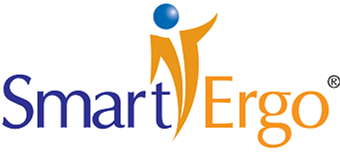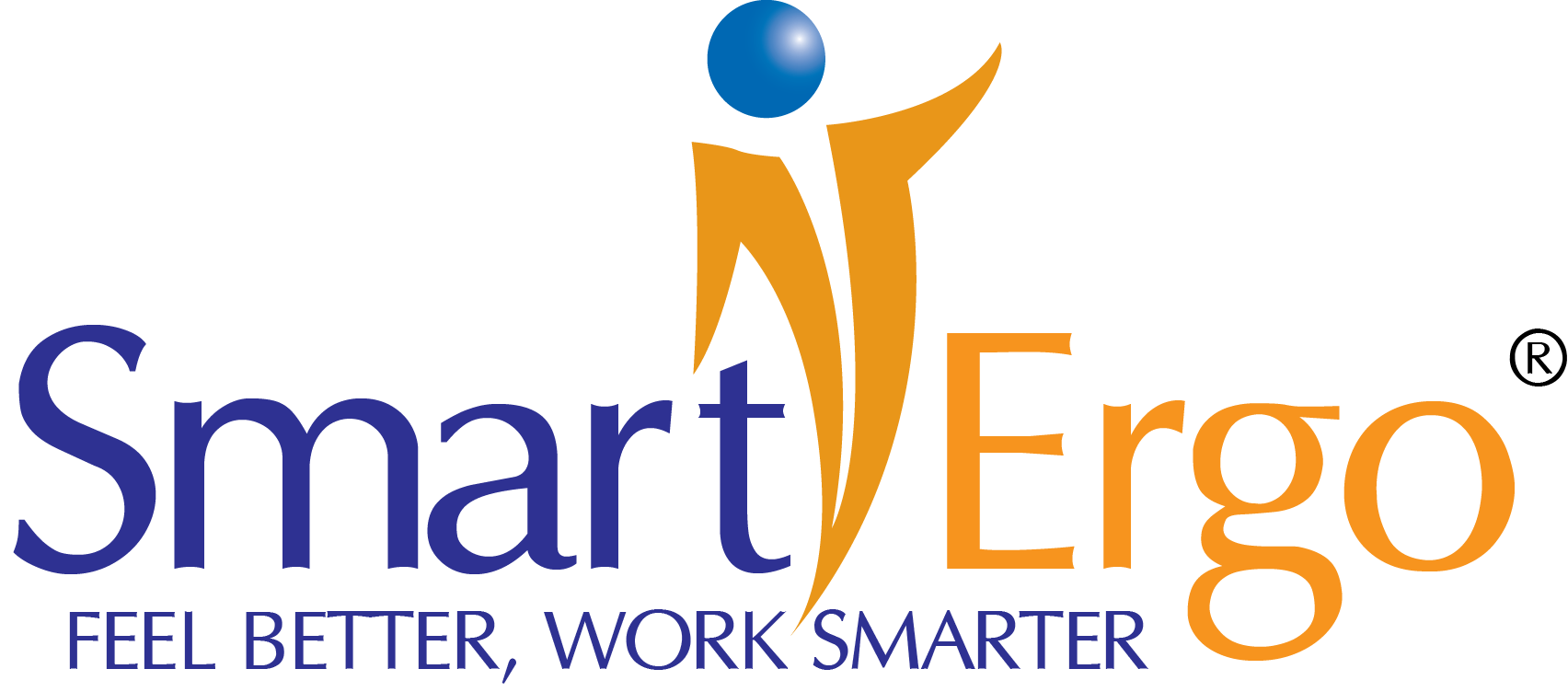
Seasoned safety professionals are aware of the many studies establishing how microbreaks are crucial in providing a safety net of mitigation enabling recovery time during work. This efficacious behavior of pacing oneself enables our bodies to naturally repair micro-traumas as we work, reduce inflammation and provide metabolic recovery time increasing blood circulation, oxygenation of cells for the efficient use of glucose in cellular respiration, delivery of nutrients to tissues and more.
Equally important, these brief rests allow our bodies time required to naturally remove metabolic waste products including carbon dioxide, lactic acid, urea, and ammonia from our cells.
A few of the short term benefits from this pacing behavior include how we feel more comfortable, fatigue at a slower rate and meaningfully reduce our risks for musculoskeletal disorders. Medium and long term benefits include significant reduction in chronic disease and resulting healthcare overutilization. Further, studies have also conclusively shown how regular movement helps your body reduce high cholesterol levels in your blood.
Another widely-studied and substantiated benefit of microbreaks relates to the well-understood deleterious effects of prolonged static postures where apex importance has been established by the medical and scientific community for frequent brief rest breaks, movement and gentle stretching while working as a mitigating Best Practice. Prolonged static postures, such as sitting, have been confirmed as a prominent risk factor for cardiometabolic morbidity and all-cause mortality, even when controlling for overall levels of moderate to vigorous physical activity.
A sampling of significant studies on the issues, from Tier One institutions collectively representing research on over 1,000,000 people, includes:
It’s not surprising at all how, following the sheer volume of research and studies, regulations and laws in over 40 countries now include language requiring rest periods pertaining to people using computers.
Although the studies converge on the same basic prescription, there’s remains some varying perspectives on if it’s optimal to average 1 to 2 minutes per working hour or 3 to 5 minutes, etc… Regardless, the edict to provide brief recovery time during work remains unanimous and central.
For those of us managing Safety and budgets, microbreaks are simply an essential ingredient in our toolkit reducing knowledge worker injury rates, severity (cost) and requests for assistance. In a way, they’re an insurance policy helping to mitigate the impacts of many factors leading to musculoskeletal disorders. Many studies have shown the palpable productivity returns from how we fatigue at slower rates when using microbreaks, increase our output and accuracy while helping to reduce the effects of stress.
For those in the C-Suite, this is Human Capital Optimization, also known to the rest of us as Working Smarter instead of Working Harder. Hamsters work hard. People should work smarter, as they do in the most effective and successful companies.
In addition to mitigating sedentary behaviors and static postures, high importance has been established by the medical and scientific community on movement, stretching and gentle exercise while working.
Researchers from the National Research Center for the Working Environment in Denmark have published a study “Potential of Micro-exercise To Prevent Long-term Sickness Absence In The General Working Population” presenting an extraordinarily exhaustive view into micro-exercise during work. The huge study involved 70,000+ employees who hadn’t had a long-term sickness absence in the prior 12 months between 2012 and 2018. Their definition of long-term sickness absence was missing work for at least 30 days but no more than 24 months.
The researchers determined that nearly 13% of such absences could have potentially been prevented with micro-exercise. The researchers further concluded that the micro-exercise “did not provide the same effects if done after work hours”.
We’re reminded of our previous citing of a widely-accepted analysis published by The Integrated Benefits Institute (IBI), U.S. employers by themselves spent $575 billion on employees’ poor health in 2019. That was pre-pandemic of course and included data of 147 million workers from the U.S. Bureau of Labor Statistics and IBI’s Benchmarking Data of 66,000 U.S. employers. Apparently, newer numbers have skyrocketed since the pandemic highly correlated to escalating sedentary behaviors of employees.
According to the study, which is definitely still relevant today, for every dollar spent on healthcare expenditures, “another $0.61 of productivity is lost to illness and injury.” Further, illness-related absences which led to “lost productivity” cost employers an average of $3,900 per employee. That’s significant and lends new understanding underpinning employers’ wide focus on employee-wellness.
Best Practice Behaviors
At many times throughout our lives, each of us encounter situations where we’ll greatly benefit from improving our behaviors. Specifically regarding employees working on computers, we understand, guided by more than 40 years of evidence-based science, that to work comfortably, safely and most productively we need to conduct our behaviors in known healthful ways including:
- working at the computer using neutral postures,
- moving about periodically while working, stretching if possible, to break up long periods of static postures, and
- providing brief recovery time, periodically while working, to allow our bodies time to reoxygenate cells, provide much-needed nutrients and remove metabolic waste products.
For professionals who’ve already been providing office and home office employees with training and better adjustable furniture and equipment, kudos to you as your efforts are spot on as every office employee can benefit from these pieces of the solution.
Applied Behavioral Analysis, however, teaches that there’s still one more integral piece required to bind these elements together to become an effective sustainable behavioral improvement and effectively mitigate the risk.
Science and voluminous research have conclusively shown that you can improve these safety behaviors of integrating neutral postures, moving about periodically, and pacing with a point-of-use operant conditioning positive reinforcement tool being used.

